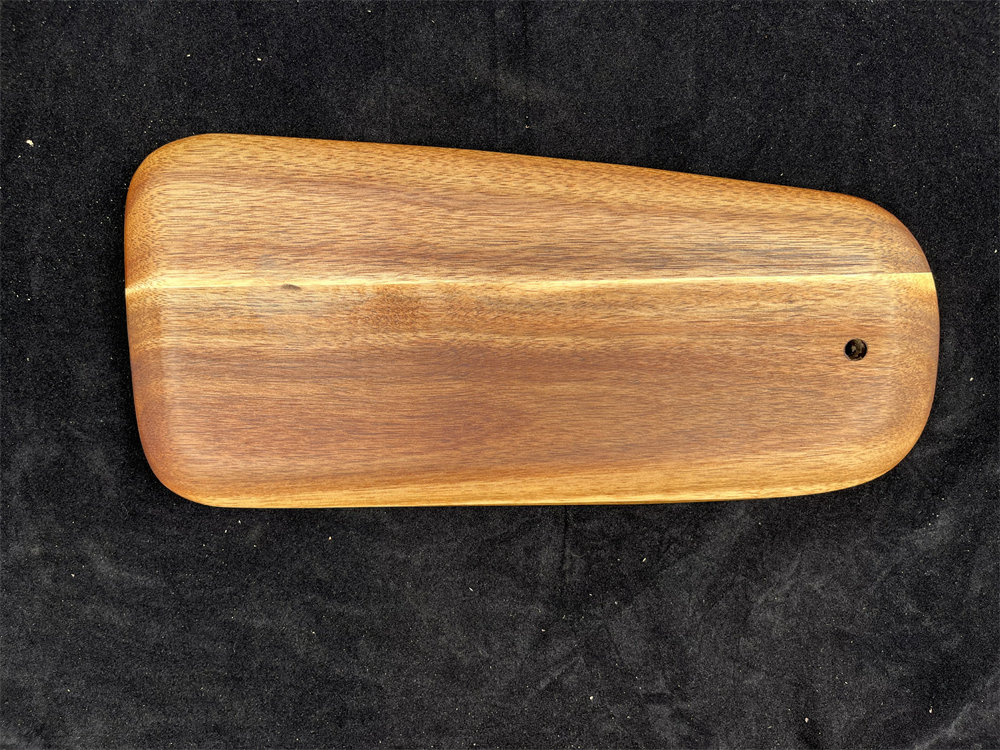
Wood is unarguably the classic cutting board material. Of course, not every type of wood is suitable and the right selection can go a long way in scale durability, hygiene or even the entire cooking process. Let’s us consider the best wood types for cutting boards as well as their suitability towards your kitchen.

Maple The best cutting board material
Hardy maple, more often than not, is the go-to aesthetic for cutting boards all thanks to its fine-grained, sturdy structure. Its sturdy structure allows it to remain unscathed by knife scratches completely eliminating any chance of bacterial growth. Maple comes in dense cuts which are perfect for chopping tough objects while the knife blades are also able to retain their sharpness, overall making it great for range of dishes. This explains why both professional and home chefs enjoy using it.
Walnut A Luxurious Alternative
In the case that you need to add some slab of refinement to your kitchen or workspace, walnut cutting boards are the right choice. Cutting knives also tend to be less strained while using walnut boards because they are a little less strong than maple. Besides, the coloration and texture of walnut wood are appealing and would surely upgrade the aesthetics of any kitchen or workspace. While it is true that walnut cutting boards require more oil lotion in order to look beautiful and avoid drying out, many believe that the value they provide is worth the effort.
Bamboo The Eco-Friendly Option
Bamboo, which is actually a type of grass, has become a favorite among many due to its sustainability. Furthermore, it is one of the hardest plants, making it highly resistant to scratches and stains. For houses or workspaces that focus on environmental preservation, these materials are ideal. But because of how sturdy it is, using bamboo cutting boards can be harmful to knives so they are not recommended for those who are looking for accuracy in their cutting instruments. Additionally, bamboo boards are reasonable in price and lightweight, therefore it can be used by many people.
Teak A Weather-Resistant Choice
Teak has gained a reputation as a sought-after choice since it is abundantly endowed with its natural oil, which acts as a moisture protective finish making it absolutely warp free. This feature qualifies teak as one of the cutting boards suitable for the severe fluctuation of climatic conditions or vigorous use. Moreover, its medium hardness level also allows a fair tradeoff between care for the knife and the durability of the cutting board. The only downside about teak cutting boards is that they tend to be expensive, but it’s worth the price because they last a long time.

Cherry A Unique Blend of Beauty and Functionality
Cherry wood is known for its workability because it cuts smoothly, and has a reddish hue that sets it apart. Cherry is somewhat softer than walnut and maple, which helps their users to not worry too much about chipping cutting edges, although, this does also mean that it’s susceptible to scratches and dents. A well-maintained cherry cutting board looks stunning, works great, and has a vibrant reddish color that catches attention, but maintaining it is quite time-consuming.
What to Avoid
There are many types of wood that can be used to make cutting boards, however, some should not be. Softer woods like pine or cedar can be easily carved into rough ridges, which would then attract and hold bacteria, and also tend to break down quickly over time. Exotic woods are known to have high oil content, which can attract bacteria and can also have an adverse reaction to certain cleaning methods.
Conclusion
The most suitable wood cutting board material for you may depend on your specific preferences. In terms of strength and flexibility, hard maple is a great option. For beauty and a softer touch on the blades, walnut and cherry do just that. If you are looking to sustain the environment, bamboo works perfectly. Whatever the case, to protect your cutting board and allow it to complement your cooking novelty for extended time, proper cleaning and maintenance practices should be followed.